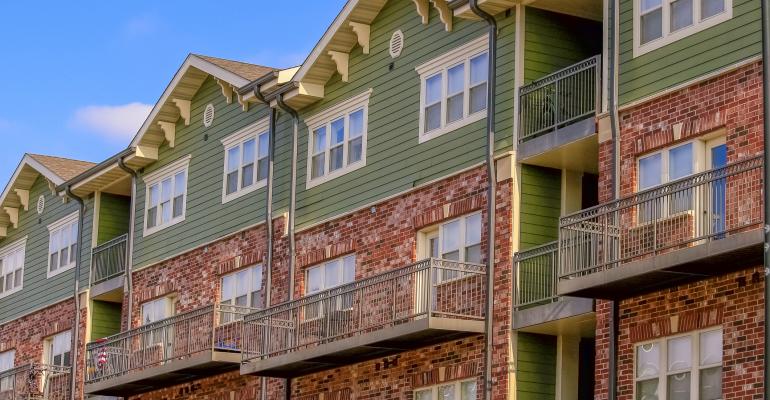Sponsored by Red Capital
By Daniel J. Hogan
The multifamily segment delivered strong market performance and advantageous investment returns during the current economic recovery, arguably the best among core commercial real estate classes. High occupancy, powerful rent growth and consistently rising property values have characterized the decade so far, propelled by favorable demographic, consumer preference and economic tailwinds.
At year end, the apartment industry remains in good form. Occupancy among the 49 major US metro markets that RED Research econometrically model and forecast averaged 95.5 percent, just 40 basis points below the 15-year high set last year. Effective rents advanced at a 3.9 percent annual rate in the first half of 2017, and slowed only moderately to 3.6 percent in the third quarter. Over the course of the 12 months ended in September, we estimate that owners of investment sales quality assets achieved an average 4.0 percent increase in NOI and enjoyed capital appreciation of about 6.4 percent. One-year total returns averaged more than 11 percent, by our calculation.
What can we expect in 2018? The economic background promises to be a neutral factor. The vigorous output and productivity growth observed in the spring and summer notwithstanding, we expect GDP to grow only about 2 percent next year, unless meaningful corporate income tax reform is enacted. Likewise, payroll job growth is likely to plod along at the recent 1.3 percent to 1.5 percent annual pace, while personal income growth, the principal fuel powering rent trends, accelerates only moderately to the 4.0 percent to 4.5 percent range.
As payroll job growth is the most statistically significant driver of apartment demand, this does not bode well for absorption. Indeed, space demand fell year-on-year in each quarter of 2017, culminating in a 38 percent decline in the third quarter. While we expect unit absorption to increase in 2018, the primary motivation will be supply, which promises to be substantially higher, rather than robust economic or demographic growth. Moreover, the longstanding shift of household tenancy preference toward renting appears to have run its course and may represent a slight headwind next year. Consequently, average occupancy is likely to decline; 30 to 60 basis points by our estimate.
By contrast, the outlook for rent trends is promising. Faster personal income growth, rising home prices in coastal and growth markets and deliveries of new luxury product will catalyze constructive gains. Although concessions will begin to creep higher, effective rents are likely to increase 3.0 percent to 3.4 percent next year.
Consequently, average property level NOI should advance nearly 4 percent again. Unfortunately, cap rates are likely to begin to rise, a function of higher 10-year Treasury and mortgage interest rates and less aggressive investor demand for product in the post-peak primary markets, especially in New York and California. We project average appreciation of only 1.6 percent next year, trimming total investment returns to the 6 percent to 7 percent range, in line with the current NCREIF average.
Note: The views expressed herein are those of the author and do not necessarily reflect the views of RED Capital Group or of the author’s colleagues at RED.
Daniel J. Hogan directs market research and reporting activities for RED Capital Group LLC. Follow Dan on Twitter @RED_DanielHogan.
Learn more at www.redcapitalgroup.com.

